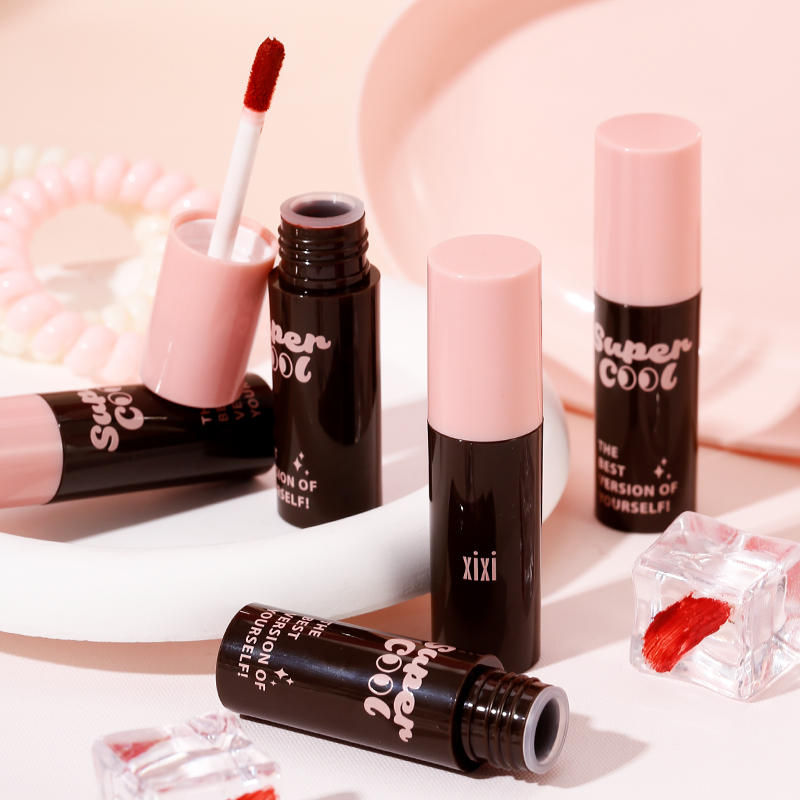There is no uniform and clear international or domestic standard for edible lipstick, but in general, the evaluation of its safety will be considered from multiple dimensions such as composition, microbial indicators, heavy metal content, and the following are usually involved in some standards and requirements:
Composition requirement
Raw material safety
Edible ingredients: The main ingredients usually need to be raw materials recognized as safe to eat, such as natural oils (such as olive oil, Jojoba oil, etc.), natural waxes (such as beeswax, etc.), edible colors (such as beta-carotene, cochineal, etc.). These ingredients are derived from natural plants or animals, are relatively safe for the human body, and generally do not produce obvious toxic side effects after entering the human body.
No harmful chemicals: strictly limit or prohibit the addition of harmful chemicals to the human body, such as parabens, formaldehyde, phthalates and so on. These substances may have potential carcinogenic, teratogenic, endocrine disrupting risks, and should not appear in edible grade lipstick.

Flavors and fragrances: The flavors and fragrances added must be edible grade and within the specified usage limits. These fragrances and flavors should undergo a rigorous safety assessment, do not cause allergies or other adverse reactions, and their smell and taste should not adversely affect the human body.
Microbiological index
The total number of bacteria: The total number of bacteria should not exceed a certain limit, usually the total number of bacteria in each gram of lipstick should be less than 1000CFU/g (colony formation unit/gram), in order to prevent infections caused by bacterial growth and other problems.
Mold and yeast: The number of mold and yeast is also strictly limited, generally not more than 100CFU/g per gram of lipstick, to ensure that the product will not deteriorate due to the growth of mold and yeast during storage and use, resulting in harmful substances.
Pathogenic bacteria: Escherichia coli, Staphylococcus aureus, pseudomonas aeruginosa and other pathogenic microorganisms should not be detected, because once these bacteria enter the human body, they may cause various diseases and seriously harm health.
Heavy metal content
Lead: Lead is a heavy metal element in lipstick that needs to be controlled, and the lead content in edible grade lipsticks is usually required not to exceed 10ppm (mg/kg). Lead accumulates in the human body, and excessive intake will affect the normal function of the nervous system and hematopoietic system, especially for special groups such as children and pregnant women.
Mercury: The mercury content should generally not exceed 1ppm. Mercury and its compounds have strong toxicity, which may cause damage to the kidney and nervous system after entering the human body. The content of mercury in edible lipstick must be strictly controlled to ensure the safety of users.
Other heavy metals: for cadmium, arsenic and other heavy metals, there are corresponding limit requirements, generally cadmium content shall not exceed 5ppm, arsenic content shall not exceed 2ppm, in order to prevent these heavy metals in the human body accumulation, the potential threat to health.
Other requirements
Labeling: The product label should clearly mark “edible” or similar words, and clearly list all ingredients, including ingredients that may cause allergies, so that consumers can understand the product information and make reasonable choices. At the same time, the necessary information such as production date, shelf life, use method and precautions should be marked.
Production environment and process: The production process should be carried out in an environment that meets food-grade hygiene standards, and the production equipment and personnel should strictly abide by the hygiene norms to prevent microbial contamination and impurities. The production process should ensure the stability and safety of the product, and do not produce new harmful substances.
Post time: Mar-11-2025






